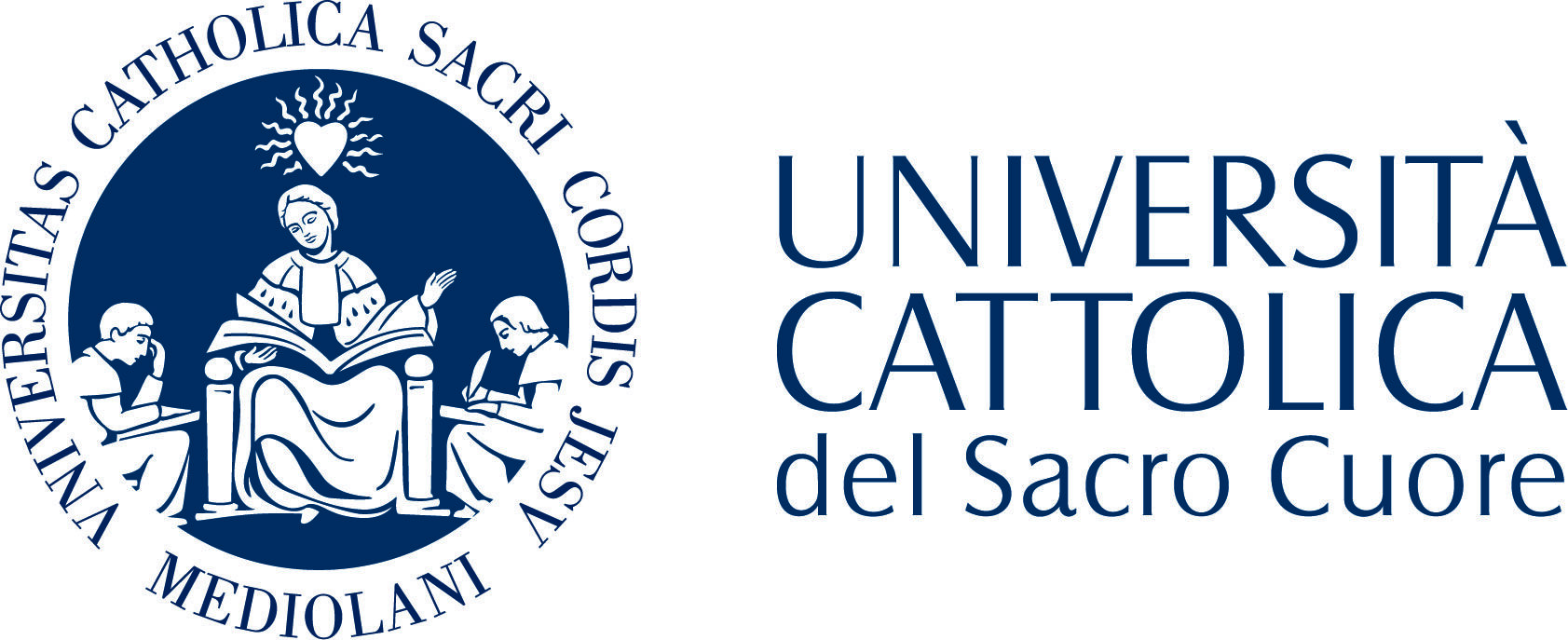Start: 2018
End: 2019
Partner: BRITISH FILM INSTITUTE ROYAL CHARTER (UK) Cultural operator
DET DANSKE FILMINSTITUT (Denmark) Cultural operator
VISION KINO GGMBH NETZWERK FUR FILM- UND MEDIENKOMPETENZ (Germany) Cultural operator
Action: Creative Europe Film Education
Summary:
The integration of young migrant people is a huge contemporary challenge for Europe. At the same time, film is ‘a language without borders’, which travels easily and attracts audiences, tells stories and stimulates co-creation and dialogue across cultures. We believe that European film culture can contribute to a positive integration process for recently arrived young people in European societies. Our target group are children and young people in schools with ethnic origin other than German, British and Danish/ European, aged 6 – 18, and children from their host communities. In this project, we will explore and share how film education can support this target group to better understand both their new communities and neighbours, and the wider traditions, cultures and values that we call ‘European’. We will also explore how film can bridge gaps the other way, so host communities can better understand the backgrounds, struggles, and aspirations of the new arrivals. The three partners share the vision of the potential of film in education, and we are curious to learn how to develop the best model for using film in migrant education and integration. We will work with experts in this new field, invite researchers to evaluate the results, and share the outcomes nationally and internationally. Specifically, we will:
- buy rights for and distribute 10-12 feature films, and 20 short films, for schools in UK, Germany and Denmark;
- screen the films in cinemas, via VoD, and on DVD;
- create two common ‘basic’ resources – one for short films, and one for features;
- create individual study guides to help teachers and others use the films in integration classes and settings;
- use digital tools to enable sharing and collective exploration among the target groups, across borders;
- evaluate and share findings at an international conference;
- translate materials into 6 European languages, especially for educators in countries experiencing high levels of inward migration.
